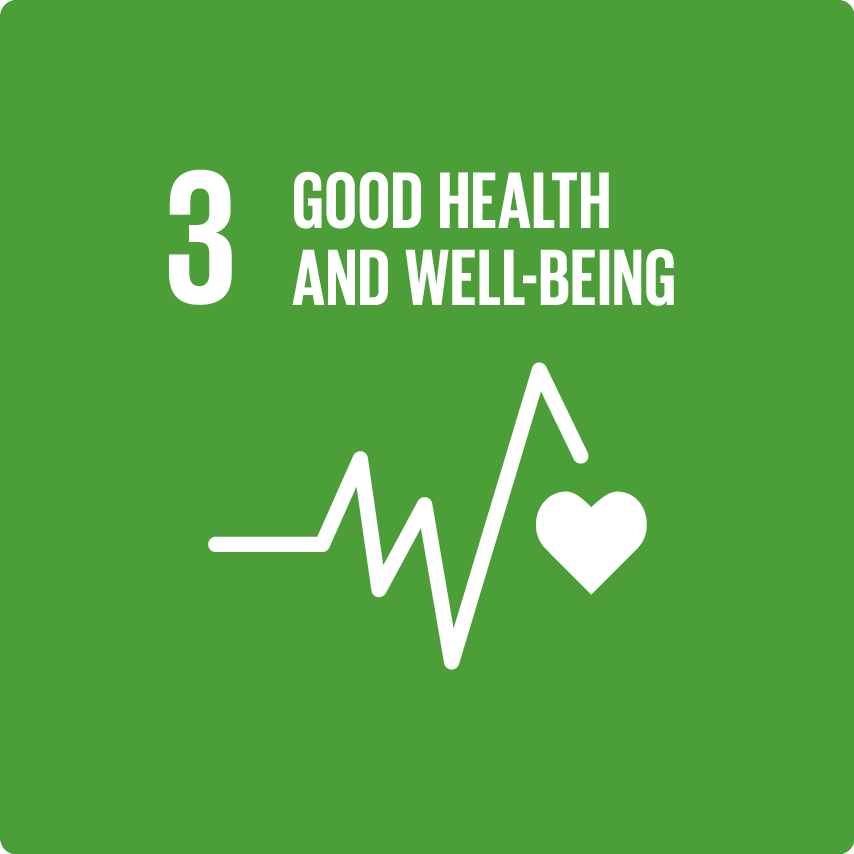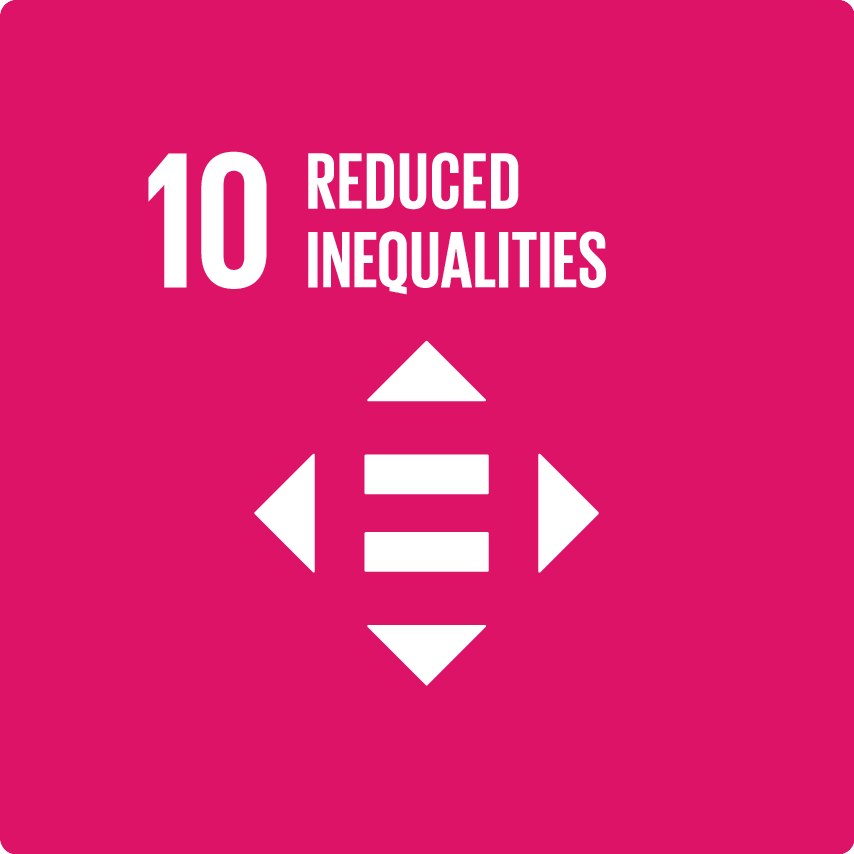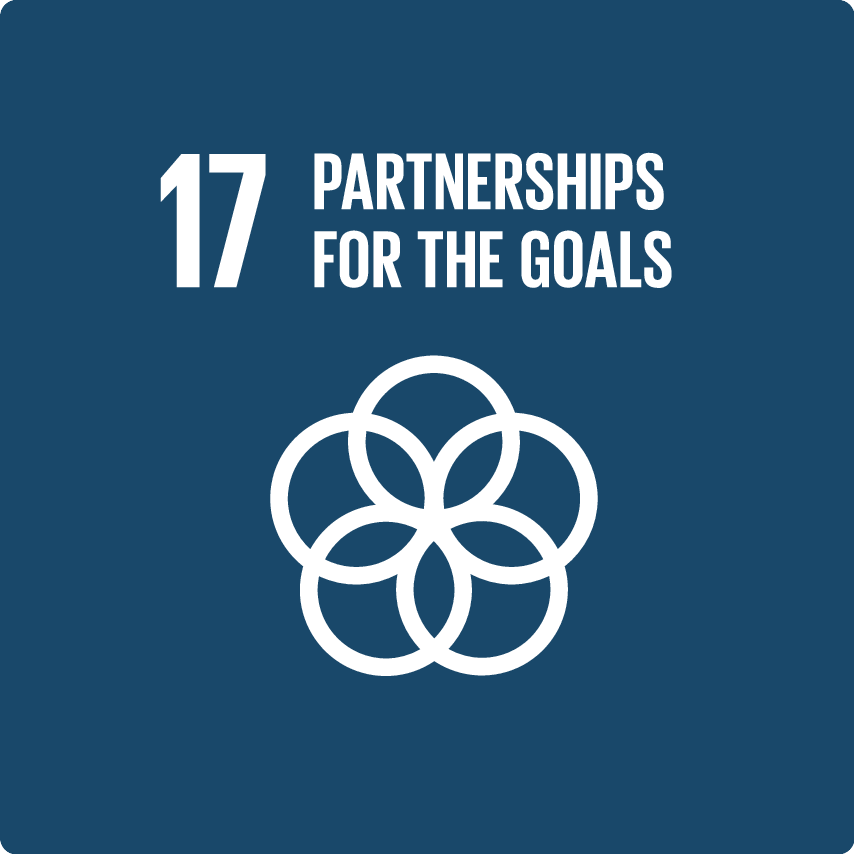Stroke Collaborative Innovation Lab
Combining best practices and innovations to develop scalable models for stroke prevention, treatment and rehabilitation in underserved populations.
SEE ALL PARTNER ORGANIZATIONS
Objectives
- Combine best practices and innovations to develop scalable models for stroke prevention, treatment and rehabilitation in underserved populations.
What are the health needs and challenges?
India was chosen as the first geographic focus since it has the third highest number of deaths due to stroke globally. It is estimated that there are over one million strokes per year in this largest base of the pyramid (BoP) population in the world, with 200 million urban and 700 million rural poor.
Partnership activities and how they address needs and challenges
The initiative has made it its main objective to develop new scalable integrated models that reduce the incidence and burden of stroke in underserved populations.
To achieve these goals, the Innovation Lab is based on three principles:
Collaboration – the Innovation Lab is a collaborative, open process that brings together multiple perspectives and experiences, including health experts, NGOs and companies. Working groups on various stroke-related topics will help shape the guidelines for field testing.
Synergies – any information and research arising from Innovation Lab activities will be shared among all participants and, where possible, the public domain, in order to increase synergies, innovation and cross-pollination of ideas.
Systems impact – the Innovation Lab is targeted towards transforming health systems. Improving access to health for local populations is complex and requires solutions beyond the mere treatment in order to create an enabling environment, where health-conscious behaviour is supported and individuals as well as communities are cared for appropriately. The initiative will consist of approximately two years of field testing.
Geographic Reach
- South-East Asia
Disease Area
- Non-communicable diseases
Target Population
- People with low incomes
Partner organizations
Ashoka
Geographic Reach
South-East Asia
- India
Disease Area
Non-communicable diseases
- Cardiovascular diseases
- Stroke


